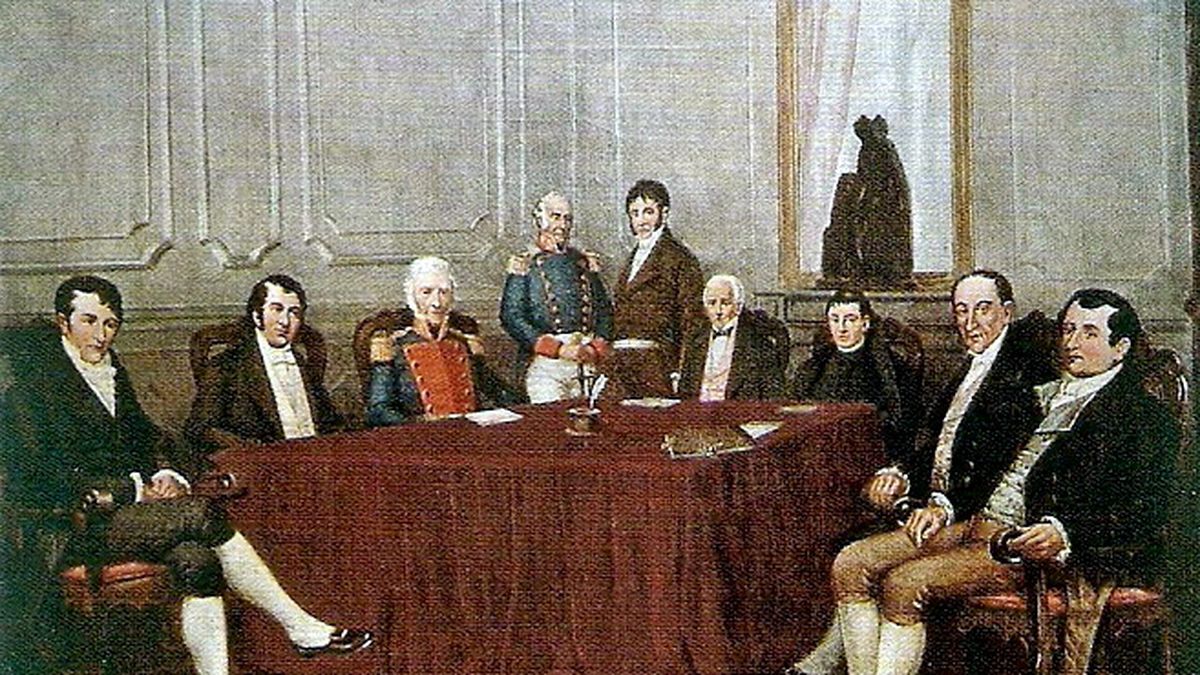The First Board took a series of measures related to the management of public finances, but the administration of expenses and resources had a series of precedents to consider that, in some cases, date back to times prior to Spanish colonization.
“Before the arrival of Europe, the Inca Empire had reached a respectable maturity in its property records based on the quipus system”, stressed Gustavo SibillaResearch Director of the Argentine Association of Budget and Public Financial Administration (ASAP).
The quipu (from Quechua, knot or tie) was an information storage instrument made with ropes that was used as an accounting system by the Incas and pondered by the conquistadors, to the point that the Jesuit José de Acosta maintained that it was “incredible “.
With the foundations of the first cities in the 16th century, came the creation of councils, collegiate bodies that intervened directly in the communal administration.
“The Cabildos had the free disposal of certain assets as well as the power to impose some taxes or rights, and these resources known as ‘propios y arbitrios’ were intended to cover the expenses of the city that voted for them without the intervention of another authority; those were the local public finances of the Colony”, Sibilla told Telam.
If these expenses could be equated to what is currently the municipal administration, for the expenses and resources of the Viceroyalty the Spanish Crown established a series of taxes (alcabala, almojarifazgo, Quinto Real, Tithes, Media Annata, among others) and deployed a network of boxes in the territory in charge of collection functions, managed by the Officials of the Royal Treasury.
With the creation in 1776 of the Viceroyalty of the Río de la Plata, a new political and economic organization became necessary, giving rise to the “Royal Ordinance for the Establishment and Instruction of Intendants of the Army and Province” of 1782, during the administration of the viceroy. Juan Jose de Vertiz y Salcedo.
This ordinance regulated the payments and releases and ratified the provisions of the laws of the Indies in the sense that no official, without exception of dignity or position, may issue on the Royal Treasury without royal authorization.
Sibilla pointed out that “The administration of the public finances, although a bit cumbersome, was quite complete and will continue until many years after the May Revolution.”
Source: Ambito




